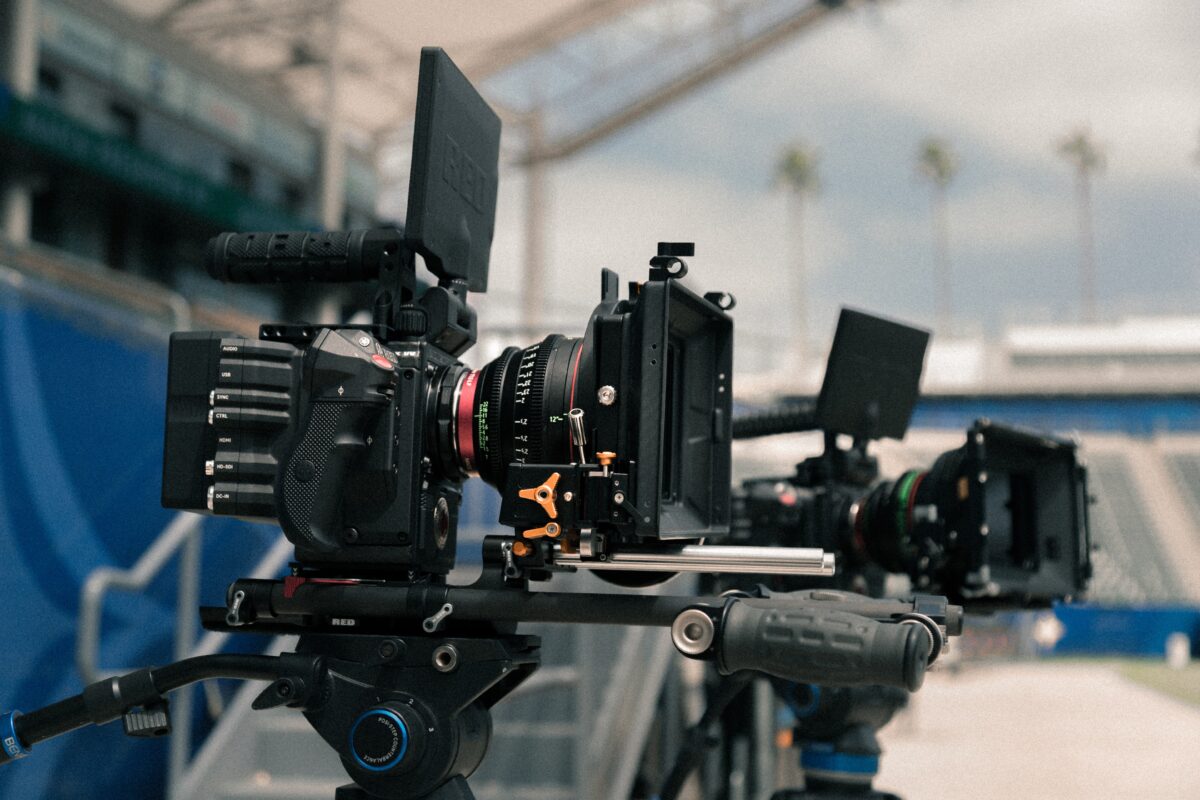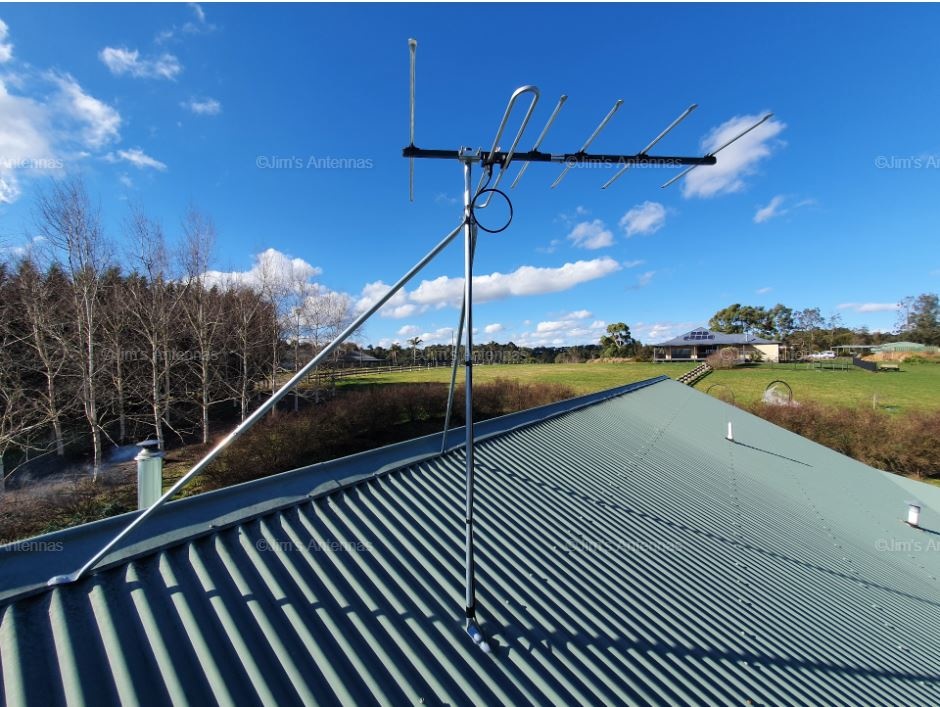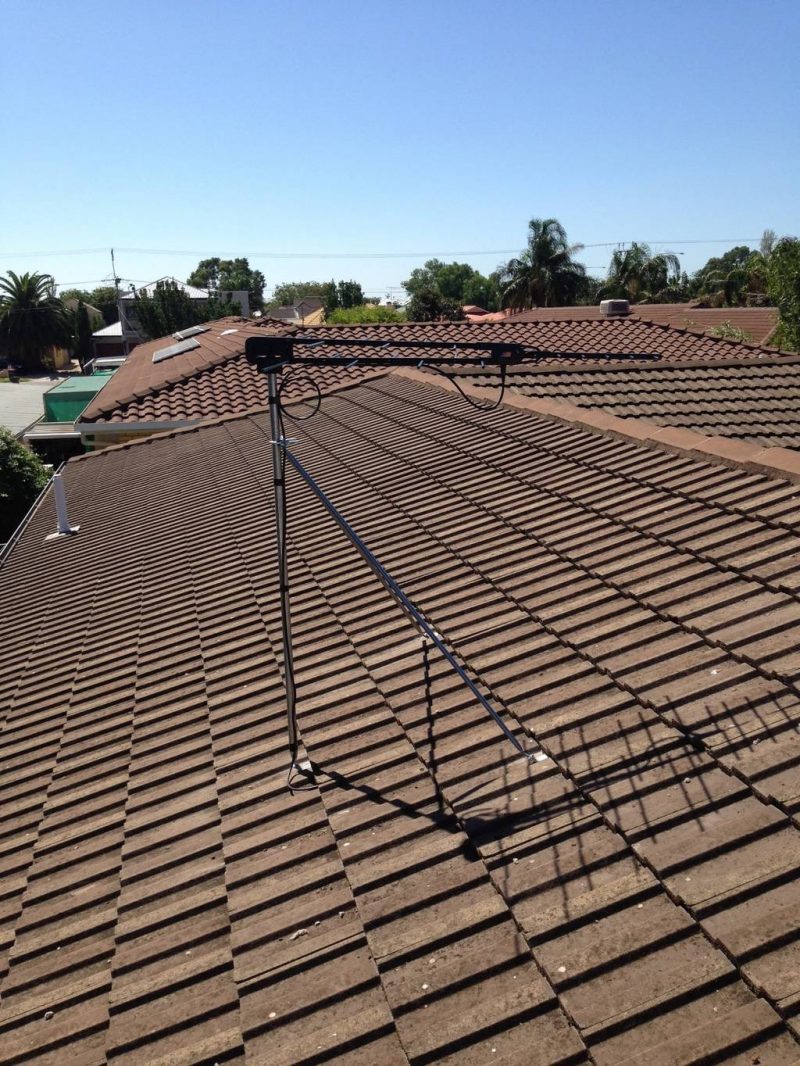How Do TV Signals Work?
As watching our favourite TV shows and keeping up with popular free-to-air sports broadcasts such as the AFL or the Australian Open has become ingrained in our culture over the years, it is hard to imagine a life without television. While for some of us it feels like TV has been around forever, the history of modern television is actually quite short. In fact, to date, just under two thirds of the Australian population have witnessed several of TV technology’s key developments within their lifetime.
TV, as we know it, began in the 1920s when not long before his 15th birthday, Philo Taylor Fransworth worked out the principle of the image director. This finding would soon be used in his invention of the all-electronic television at the age of 21. If you cast your mind back to the 80s and 90s, Fransworth’s findings gave rise to the big and bulky TVs often referred to as ‘the Tube’ – remember those? These days TVs are more compact, with most of us now watching flat screens using LCDs, Plasma or OLEDs (organic LEDs) to create an image.
Put Simply, The Modern Television is a 3-part Invention:
1. Firstly, TV Cameras Turn Images and Sound into a Signal
Modern TV cameras don’t scan images anymore. Instead, their lenses focus the scene being filmed into small, image sensing microchips (either CCD or CMOS sensors), which convert the pattern of colours within an image into digital, electrical signals. More specifically, cameras capture 3 different sets of monochrome ‘images’ for each frame, in the colours: Red, Green and Blue (RBG)

2. A TV Transmitter, Also Known as a Broadcasting Tower, Will Then Send This Signal Through the Air in the Form of Electromagnetic Waves
Once the footage is received by the TV station or network, it is routed through a number of control rooms, whereby it undergoes quality control, content review, and advertising is added, before the final signal is sent to various distributors.
The broadcasted image is then often carried to a broadcast antenna or dish at the network – whereby this signal is broadcasted to your local transmitter.
While electromagnetic waves can travel extremely fast, they are unable to go over long distances. This is why different locations have their own transmitter towers. You can use this link to find the nearest TV transmitters and signal strength in your area.

3. Finally, an Antenna or Satellite Dish Will Capture These Signals and Send Them to Your TV Receiver Which Turns the Signals Back Into Sound and Moving Image
The receiver tunes to the carrier frequency and detects the signal by turning it back into a voltage and phase. If you have an LED TV for example, this signal will activate the LEDs in the TV screen that produce light according to the level of voltage of each pixel. This process happens pixel by pixel, but thankfully it is fast enough that you don’t notice the flickering and instead see a moving image!

While these TV signals are what makes the magic of sound and a moving picture on your home screen come to life, TV reception issues are a common pain point for customers – which makes sense, given these signals are the life and soul behind your TV after-all.
In reality the process of how TV signals are sent and received is a lot more complicated than this, with many factors to consider. Over the years, we have found our customers are often seeking the answers to the following questions. To build your understanding of how TV signals work & how to rectify common reception issues, check out the supporting blogs below:
Do TV Signals Travel In a Straight Line?
What is a Good TV Signal Strength and Quality?




